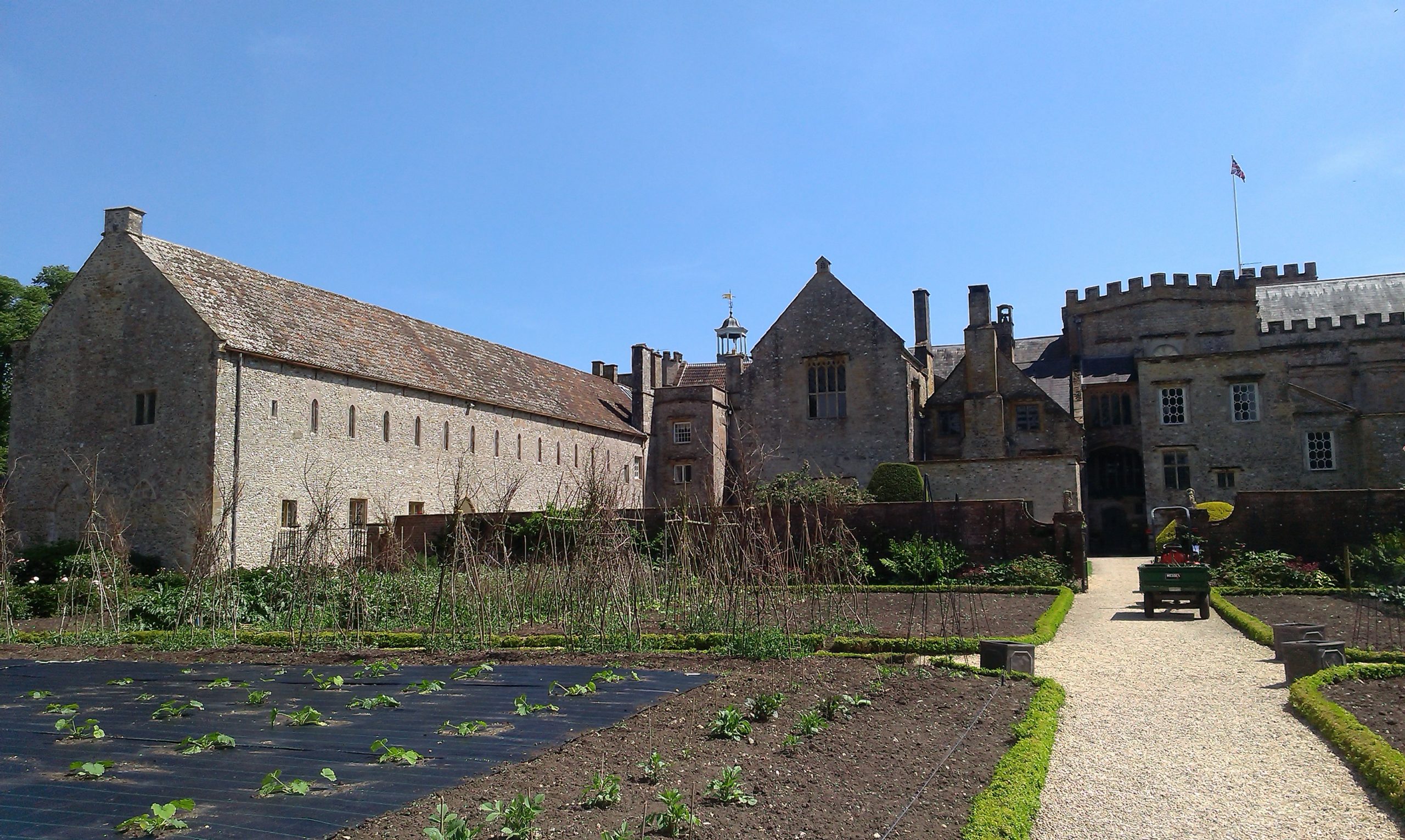
Posted by Helen Birkett
3 June 2017What better way to celebrate the end of exam marking at Exeter than to spend a summer’s day wandering around medieval sites in the Southwest?
On 1 June, two PhD students and I took a day trip to the parish church at Haselbury Plucknett in Somerset and Forde Abbey in Dorset. The main reason for this outing was the visit to Exeter of Joshua Britt, a PhD student from the University of South Florida, who is working on medieval anchorites. Anchorites were individuals who pursued the religious life by being enclosed in a cell, often attached to a church. Josh had come to Exeter to meet with our resident anchoritic expert, Prof. Eddie Jones, and to look through the archive of the late Rotha Mary Clay (author of The Hermits and Anchorites of Medieval England), currently in Eddie’s care. Josh was also interested in talking to me, having heard that I will soon be working on a new Latin edition of the Life of Wulfric of Haselbury by John of Forde. Wulfric was an anchorite who lived in a cell attached to the parish church of Haselbury Plucknett from 1124×25 until his death in 1154. In his time, he was a very well-known figure: his reputation reached the ears of the pope and St Bernard, and he was consulted by King Stephen. In the early to mid-1180s, at a point when memories of Wulfric were beginning to fade, his life and deeds were documented by John, prior and subsequently abbot of the nearby Cisterican house of Forde. Josh’s presence in Exeter provided the ideal excuse to indulge our mutual research interests and to visit both sites. One of our own PhD students, Tom Chadwick, also came along for the ride. Tom was happy to take a break from writing up his thesis and to offer his in-depth knowledge of local ales and ciders (the latter being much appreciated by Josh).
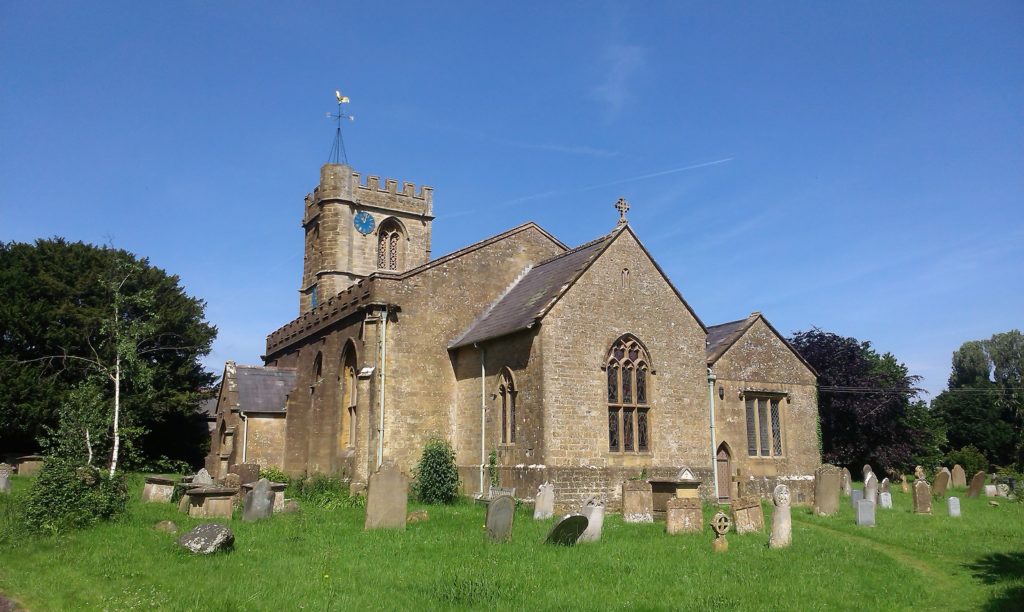
We set off from campus by car at 9.30 and arrived at Haselbury Plucknett just before 11.00. Here we met Jerry Sampson, a local archaeologist interested the medieval structure of Haselbury’s church. A thorough renovation by the Victorians means that little now remains of the church’s medieval fabric so Jerry’s help in interpreting the site proved crucial. He pointed out the extant medieval features and explained that the northern side probably retained the footprint of the twelfth-century church and Wulfric’s cell, the latter lying underneath the current vestry. The Life offers interesting glimpses into Wulfric’s cell, which seems to have consisted of an inner and outer room, with one door into the church and one window to the outside world. Much of our discussion centred on the exact arrangement of the cell and any other buildings, such as a stable and a room for Wulfric’s servant, which might have been part of the complex. Jerry has plans to carry out a geophysical survey on the site so some of these questions may be answered in the near future.
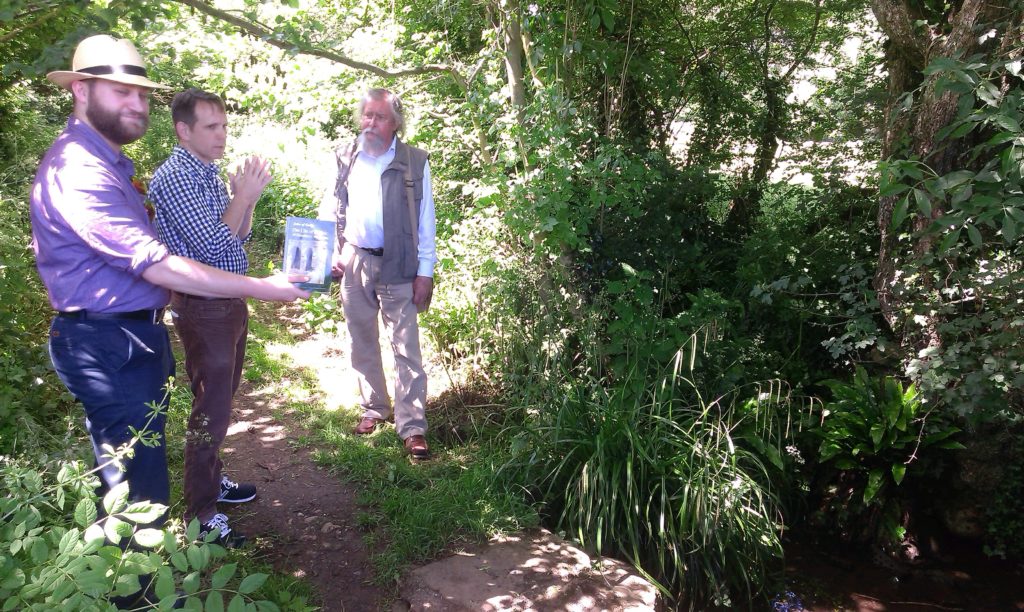
Next we wandered round the village, looking for the bridge and ford over the river, scenes of two of Wulfric’s miracles. The probable location of the latter was found down a public footpath at the side of the village inn – although, it must be admitted, the gentle stream at the bottom isn’t particularly impressive. By now, it was 13.00: like any good medievalists, we had managed to spend quite a lot of time looking at very little.
We then made our way to Forde Abbey and the home of Wulfric’s biographer, John of Forde (c.1150-1214). Forde Abbey was a Cistercian house and the second home of a community initially founded in 1136 at Brightley in Devon. Brightley proved unsuitable and five years later the community relocated to the present site, a crossing point on the River Axe – a ford – from which the new house took its name. The abbey was dissolved in 1539, shortly after Abbot Chard had undertaken an ambitious building programme and much of what remains of the medieval complex dates from this period. The estate passed through several hands until the Prideaux family bought it in 1649 and remodelled the extant buildings to form an impressive, if architecturally dissonant, stately home.

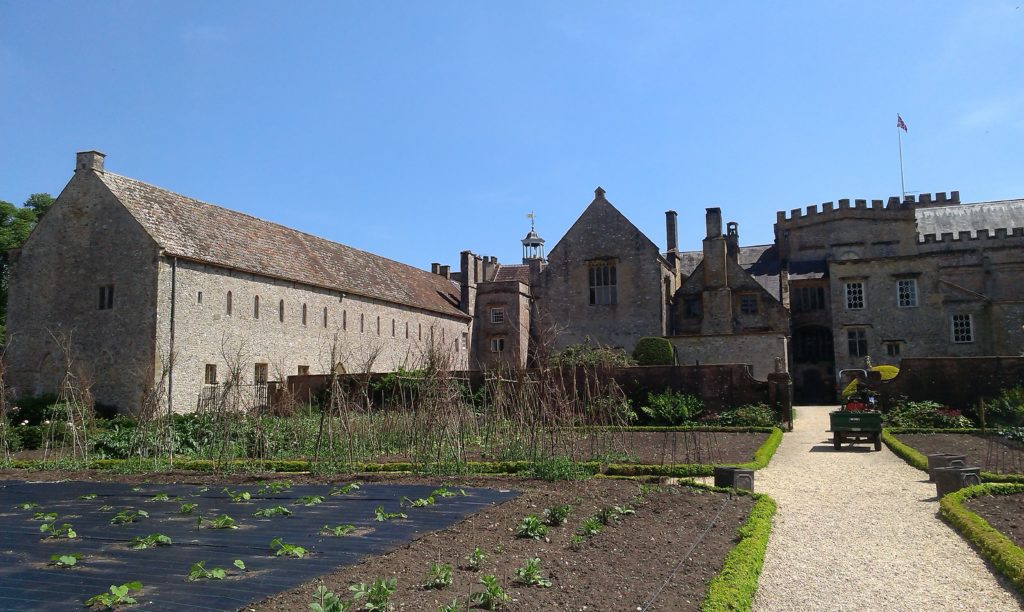
The Chard Tower, the abbot’s lodgings, the north side of the cloister, the east range (which contained the monks’ dormitory), and the chapter house are the most visible extant remains of the Cistercian abbey – and of these, only the chapter house and the east range date from John’s time. The chapter house and the ground floor of the east range (now the cafe) can be accessed without tickets to the house. Those venturing inside the house may find it difficult to get to grips with the monastic geography of the building – the historical information provided focuses more on its early modern and modern inhabitants.
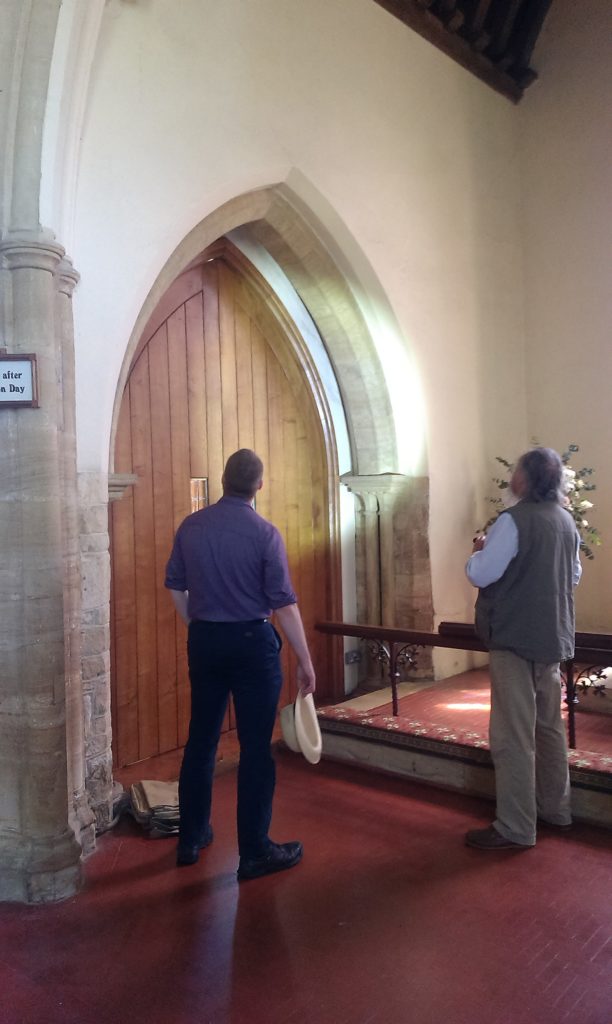
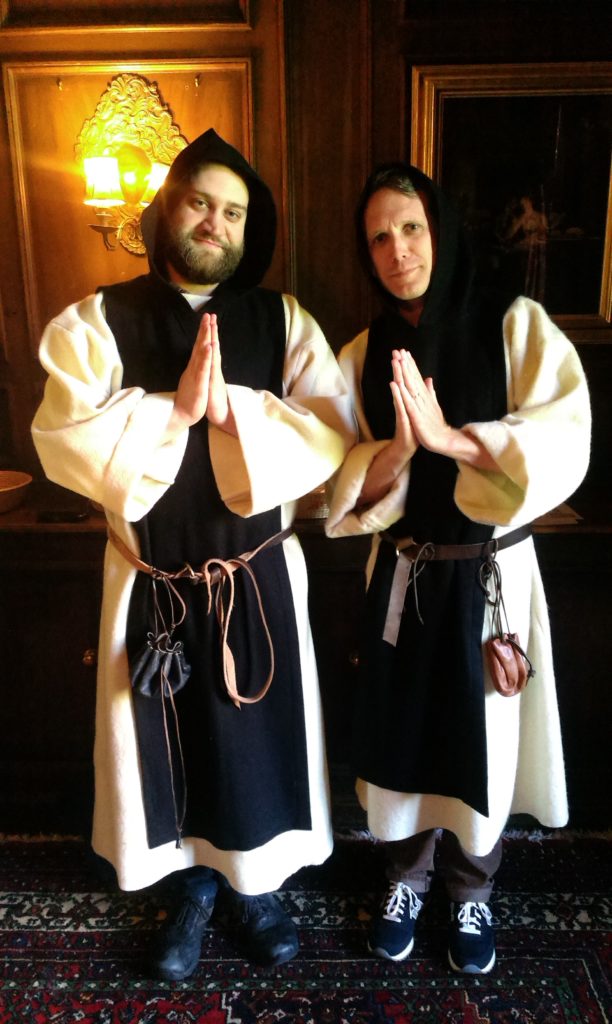
Fortunately, the final room of the house leaves you to your own devices with a selection of Cistercian habits, so even if the medieval history of the house is underplayed, you can still look the part. Outside, the gardens are nicely landscaped, very well maintained, and include a number of water features. At the far end of the gardens, the Great Pond seems to be monastic in origin, but, while of interest to the medievalist, it is not as impressive as the Centenary Fountain, which shoots a spout of water surprisingly high into the sky several times a day.
All in all, this was a fun day out – and we happily toasted the success of our trip with some ale and cider when we returned to Exeter. However, for those with a more general interest in medieval history, these sites are of limited interest. Unless you’ve read the Life of Wulfric (which is readily available in translation), you won’t really get much out of the church at Haselbury Plucknett – this is a site for Wulfric enthusiasts only. Indeed, the carved wooden ceiling and “Norman” cellar of our lunch stop, Oscar’s Winebar in Crewkerne, probably has more to appeal to the general medieval tourist! In contrast, Forde Abbey is certainly worth a visit, but is better suited to a family outing on a sunny day than a research trip. While there are significant medieval structures remaining at Forde, the estate is oriented more towards its later history and horticulture than those seeking the medieval.
Haselbury Plucknett Church: Entrance is free.
Forde Abbey: Entrance to the house and gardens costs £13.00 (although there is a 10% reduction if you buy tickets online) and opening times are restricted.